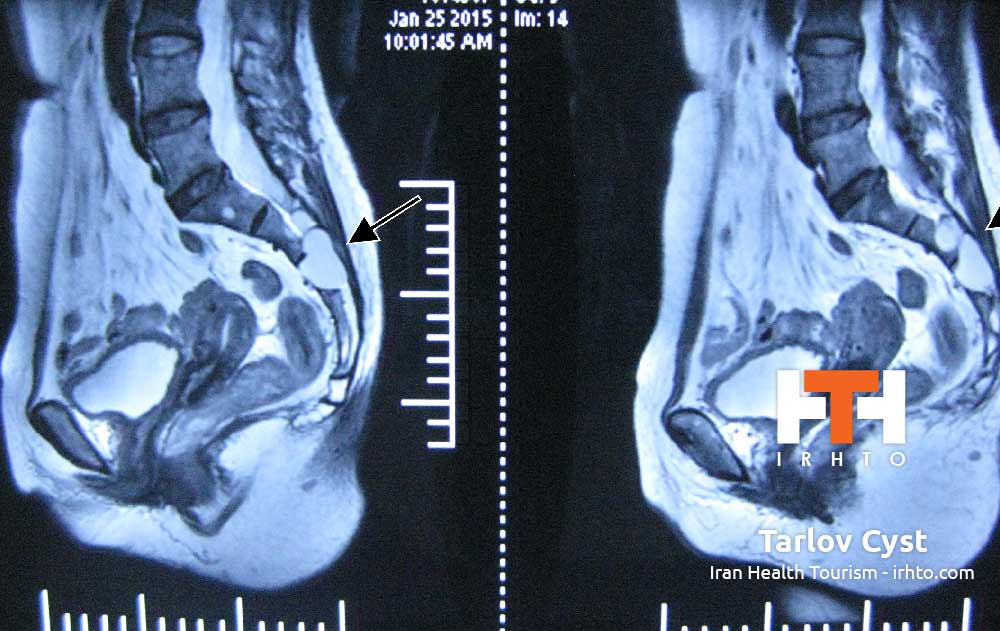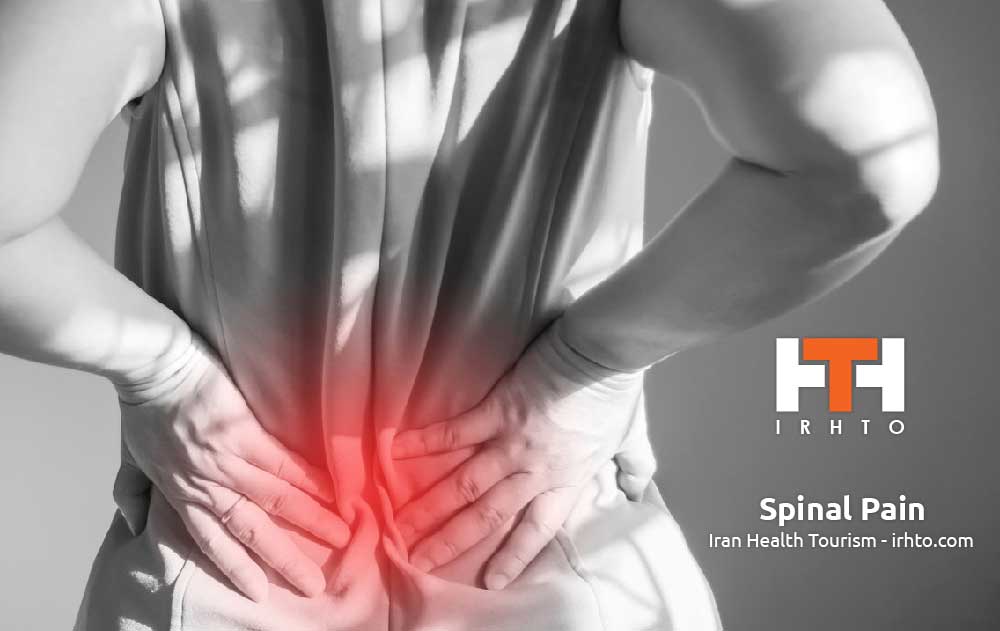
Neck pain
The neck is part of a long flexible column, known as the spinal column or backbone, which extends through most of the body. The cervical spine (neck region) consists of seven bones (C1-C7 vertebrae), which are separated from one another by intervertebral discs. These discs allow the spine to move freely and act as shock absorbers during activity.
Attached to the back of each vertebral body is an arch of bone that forms a continuous hollow longitudinal space, which runs the whole length of the back. This space, called the spinal canal, is the area through which the spinal cord and nerve bundles pass. The spinal cord is bathed in cerebrospinal fluid (CSF) and surrounded by three protective layers called the meninges (dura, arachnoid and pia mater).
At each vertebral level, a pair of spinal nerves exit through small openings called foramina (one to the left and one to the right). These nerves serve the muscles, skin and tissues of the body and thus provide sensation and movement to all parts of the body. The delicate spinal cord and nerves are further supported by strong muscles and ligaments that are attached to the vertebrae.
Causes
Neck pain may be caused by disc degeneration, narrowing of the spinal canal, arthritis and, in rare cases, cancer or meningitis.
Age, injury, poor posture or diseases such as arthritis can lead to degeneration of the bones or joints of the cervical spine, causing disc herniation or bone spurs to form. Sudden severe injury to the neck may also contribute to disc herniation, whiplash, blood vessel destruction, vertebral injury and, in extreme cases, permanent paralysis. Herniated discs or bone spurs may cause a narrowing of the spinal canal or the small openings through which spinal nerve roots exit. Pressure on a nerve root by a herniated disc or a bone spur may result in:
- Pain in the arm and neck
- Numbness or weakness in the arm or forearm
- Tingling in the fingers or hand
Pressure on the spinal cord in the cervical region can be a very serious problem because virtually all of the nerves to the rest of the body have to pass through the neck to reach their final destination (arms, chest, abdomen, legs). This can potentially compromise the function of many important organs.
Neck injuries can occur during motor vehicle accidents, other traumatic events or sports. Symptoms of these injuries include neck stiffness, shoulder or arm pain, headache, facial pain and dizziness. Pain from a motor vehicle injury may be caused by tears in muscles or injuries to the joints between vertebrae. Other causes of pain are ligament rupture or damage to a disc. Conservative treatment of these injuries includes pain medication, bed rest, reduction of physical activity and physical therapy.
Treatments
Conservative (Nonsurgical) Treatment Options
Determining a treatment strategy depends mainly on identifying the location and cause of the irritated nerve root. Although neck pain can be quite debilitating and painful, nonsurgical management can alleviate many symptoms. The doctor may prescribe medications to reduce the pain or inflammation and muscle relaxants to allow time for healing to occur. Reducing physical activities or wearing a cervical collar may help provide support for the spine, reduce mobility and decrease pain and irritation. Trigger point injection, including corticosteroids, can temporarily relieve pain. Occasionally, epidural steroids may be recommended. Conservative treatment options may continue for up to six or eight weeks.
If the patient is experiencing any weakness or numbness in the arms or legs, seek medical advice. If the patient has had any trauma and is now experiencing neck pain with weakness or numbness, consult a neurosurgeon.
Surgery
There are several different surgical procedures which can be utilized, the choice of which is influenced by the severity of each case. In a small percentage of patients, spinal instability may require that spinal fusion be performed, a decision that is generally determined prior to surgery. Spinal fusion is an operation that creates a solid union between two or more vertebrae. Various devices (like screws or plates) may be used to enhance fusion and support unstable areas of the cervical spine. This procedure may assist in strengthening and stabilizing the spine and may thereby help to alleviate severe and chronic neck pain.
If the patient smokes, he or she should try to quit. Smoking damages the structures and architecture of the spine and slows down the healing process. If overweight, the patient should try to lose weight. Both smoking and obesity have been shown to have a negative impact on spinal fusion surgery outcome.
The benefits of surgery should always be weighed carefully against its risks. Although a large percentage of neck pain patients report significant pain relief after surgery, there is no guarantee that surgery will help every individual.



